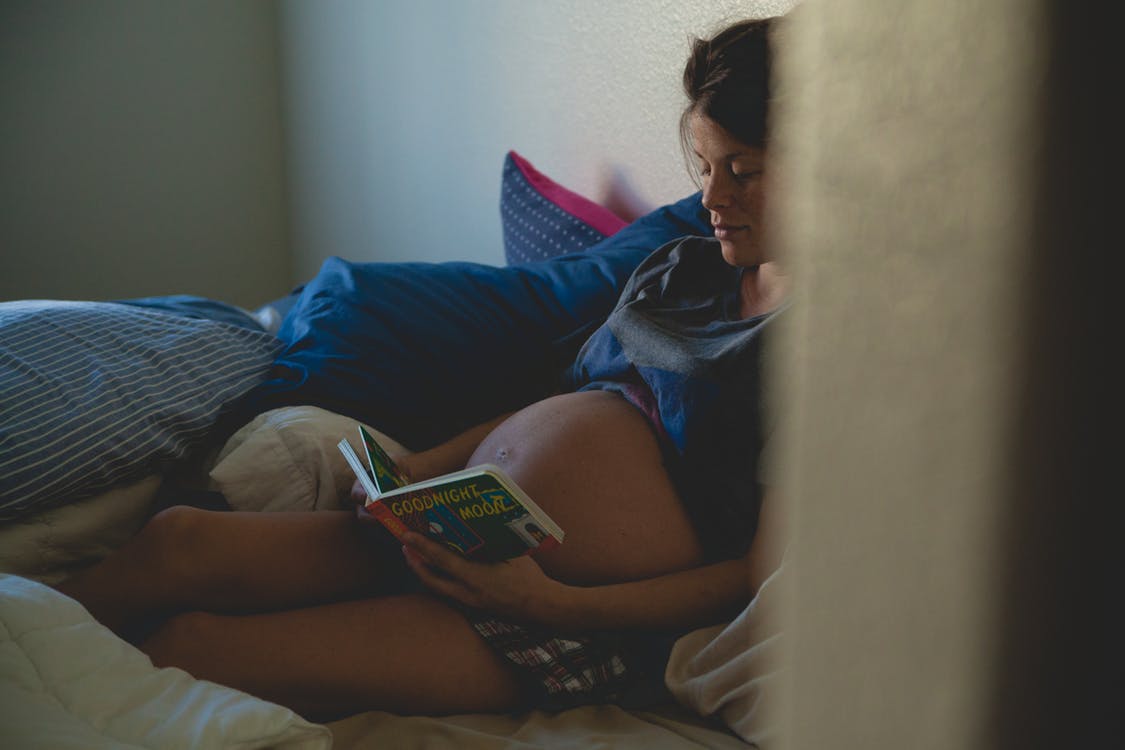By Diane Robertson
Teenwise Minnesota, a statewide organization that promotes the sexual health of young people, recently published a survey of teens 9th to 11th grade on teen pregnancy and sexual activity. For the first time, Teenwise asked the teens about their sexual orientation. The survey revealed some counterintuitive information: gay, lesbian, and bisexual teens are much more likely to become pregnant or get someone pregnant than their heterosexual peers.
Bisexual girls were five times more likely and lesbian girls were three times more likely to have been pregnant compared to their straight classmates. The trend continues with teen boys. Boys who identify as questioning, gay, or bisexual were all about four times more likely to have gotten someone pregnant.
 The same survey reported that in addition to higher rates of teen pregnancy, LGBT teens are much more likely than their heterosexual peers to be sexually active during high school. About 50% of gay, lesbian, and bisexual teens reported having had sex, while only between 20 and 25 percent of heterosexual and questioning teens reported ever having had sex.
The same survey reported that in addition to higher rates of teen pregnancy, LGBT teens are much more likely than their heterosexual peers to be sexually active during high school. About 50% of gay, lesbian, and bisexual teens reported having had sex, while only between 20 and 25 percent of heterosexual and questioning teens reported ever having had sex.
 These findings indicate that not only are LGBT youth more likely to have sex while in high school, they are also more likely to have heterosexual sex at this time.
These findings indicate that not only are LGBT youth more likely to have sex while in high school, they are also more likely to have heterosexual sex at this time.
In response to this survey, the federal government issued an $18 million grant to Planned Parenthood in nine states — including Minnesota — to support programs aimed at reducing teen pregnancies and sexually transmitted diseases in the LGBTQ population.
John Azbill-Salisbury, director of programs at Minneapolis-based Rainbow Health Initiative, attributes the teen pregnancy rates among LGBT youth to lack of acceptance by society for homosexuality.
“You know,” he said, “if you’re being told all day long that how you think about yourself is wrong, or that it doesn’t fit into the environment that you’re in, that has a negative effect on all of those things, including risk behaviors that would lead to pregnancy.”
However, the majority of people, even among the religious, believe that gays, lesbians, and bisexuals are born that way. Their lifestyles and marriages have been accepted both in the law and in society at large throughout most western nations. The truth is, if the behavior is considered risky, then the rates of that behavior are higher among the LGBT population regardless of the behavior. That includes, drug and alcohol abuse, violence, physical abuse, unprotected sex, unmarried sex, and extra-marital affairs. Depression, anxiety, other mental health issues, and even homelessness and poverty are also much more common among the LGBT population.
A commonly known indicator of teen pregnancy is fatherlessness. It would be interesting to know if these LGBT teens who have gotten someone pregnant or been pregnant have grown up with both their mother and their father. Is then fatherlessness also an indicator that a teen or child would identify as gay, lesbian, or bisexual?
Sexual abuse was reported regularly by the LGBT youth surveyed. 5 out of 18 disclosed they had experienced sexual abuse as young children. One teen, identifying as a lesbian said, “I was with this, like, drug dealer guy when I shot up meth, so me, like, sleeping with men actually ties in with my drug addiction… Because, like, whenever I get high or need drugs, because my addiction was really bad, I would sleep with guys. Which is really bad. It was just gross and disgusting.”
Regardless, of the cause, one would like to know where are the parents in the lives of these teens? Why are the mothers and fathers of these youth not taking better care of their children and helping them stay away from young sexual encounters, drugs, and alcohol? All the money the federal government can give and all the help local non-profits and school counselors provide will never make up for what a loving, careful, present mother and father can do.
Graphs attributed to the Minnesota Star Tribune
For further reading, visit Public Discourse by The Witherspoon Institute and LifeSite News

